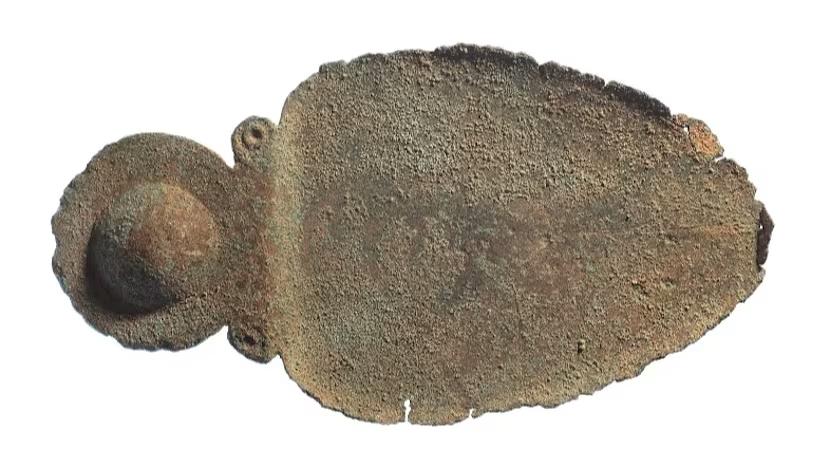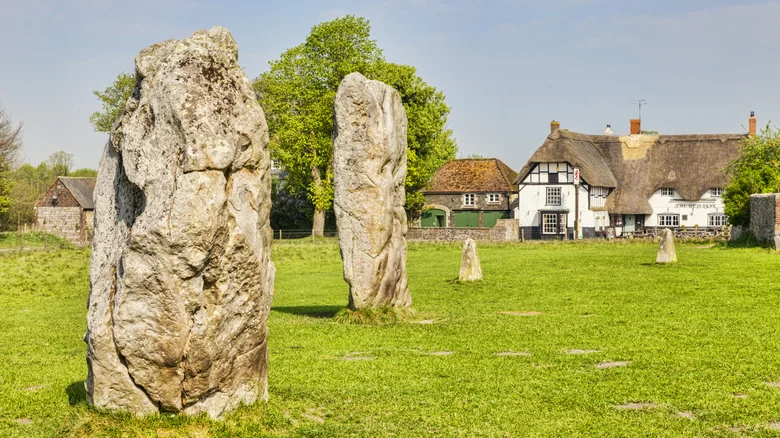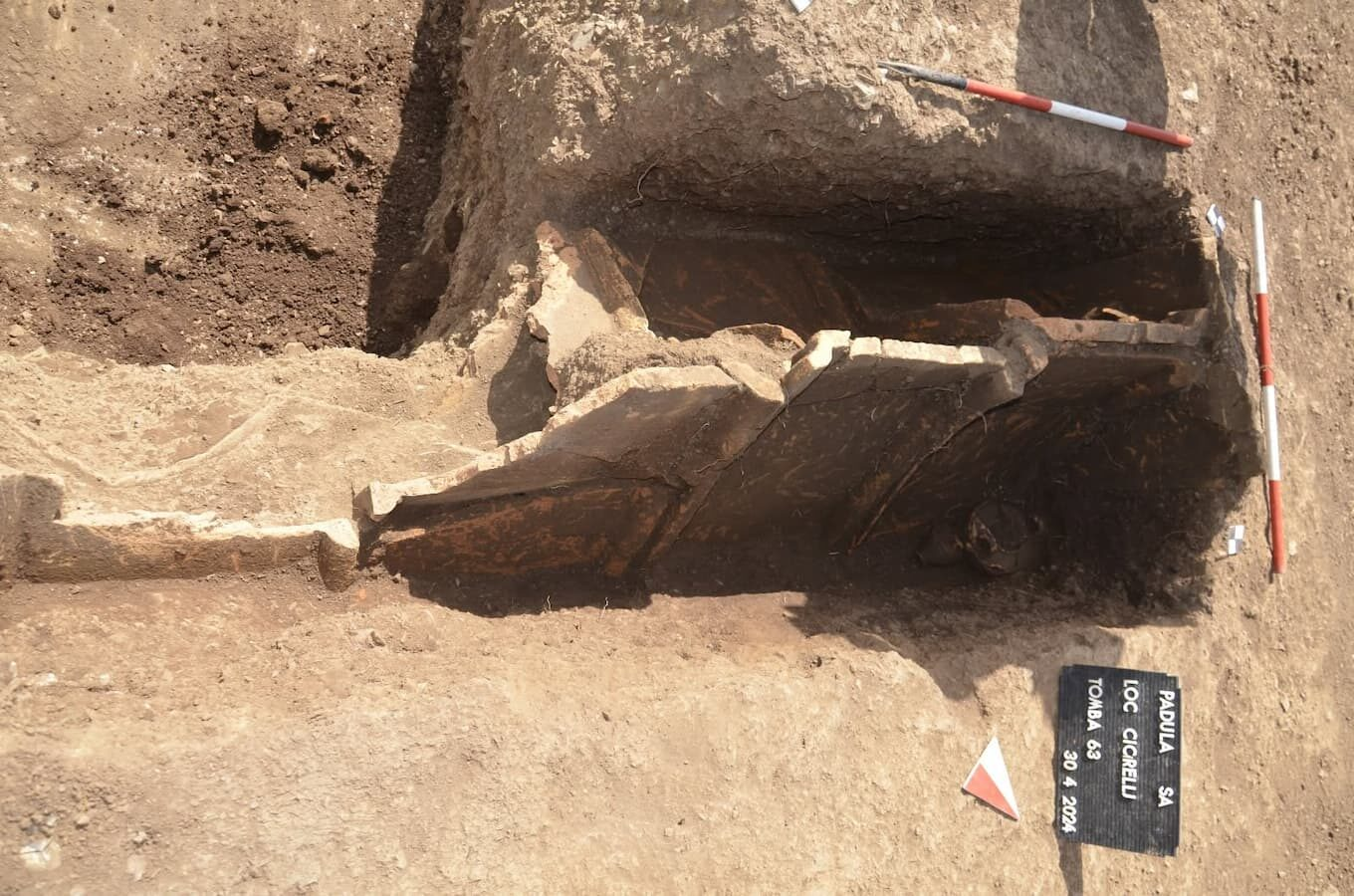Jonathan Williamson, THE VIKING HERALD
Long before Scandinavians flocked annually southward to Greece for sun, sand, and summer vacation, a series of runestones revealed a fascinating insight into Scandinavian adventurers almost a millennium before.
The Old Norse word for "Greece" or "Greeks" (Grikkland / Grikkjar) appears on 28 runestones in Sweden that contain information about voyages to the Byzantine Empire. Source: Tomas Lissaker / Shutterstock
The Greece runestones are a series of over 30 sunstones containing information about Norse adventurers to the then Byzantine Empire in the late 11th to early 12th century CE.
Northern souls
There had been, since time immemorial, contact between the peoples of the Scandinavian peninsula and societies, cultures, and civilizations further southward in Europe.
The Roman Empire, the predominant European civilization of Antiquity, did have indirect contact with societies in what are now the nations of Denmark, Norway, and Sweden.
Scandinavian mercenaries had served in the mighty Roman army, but due to the Romans' often ethnic pigheadedness (everyone north and west of the alps was considered "Barbarians"), we cannot be ever sure about the amount that flocked south.
Nonetheless, there was contact between Northern Europe and Southern Europe through military expeditions and also trade. Roman-era artifacts have been uncovered in Scandinavia, showing indirect trade both northward and southward.
Following the collapse of the Roman Empire, a series of migrations of peoples into and around Europe occurred. One might argue that the so-called "Viking expansion" was just the final series of these population movements, albeit with a slightly more historically famously bloody twist.
Whilst peoples from Viking societies in what is now Denmark and Norway flowed westward, across the North and Norwegian Seas to raid, trade, and colonize the British Isles and Northwestern Europe, it was often peoples from Viking societies in what is now Sweden that headed eastward, across the Baltic Sea and Eastern Europe to end their journey at Constantinople.
The Greece runestones offer us, more than a millennium later, great insight into familial relations during the Viking Age. Photo: Wirestock Creators / Shutterstock
South-by-South East
With the fall of the Roman Empire in Western Europe, complete by about the 5th century CE, Rome still lived on though based now further east, in the city of Constantinople, perched on the Bosporus, separating Europe from Asia.
Here, the majesty and might of Rome would survive another millennium, outliving even the Vikings themselves, into the late 15th century CE.
Founded as a small harbor town as Byzantium by Greek colonizers but renamed Constantinople after the Roman Emperor who rebuilt it as an imperial capital in 330 CE, by the dawn of the so-called "Viking Age" (c. 793 - 1066 CE), Constantinople was not only the capital of the Eastern Roman Empire but Europe's largest metropolis, a sprawling city, full of classical architecture, which dwarfed any other former Roman cities like London, Paris or Aachen.
For the Vikings, Constantinople was Miklagard - the Great City. And indeed, it was a great city. The collapse of the (Western) Roman Empire saw huge swathes of Europe breakdown in political, economic, and social security, structure and form that took centuries to replace, reform, and remold.
As peoples from Viking societies pushed eastward, utilizing the river systems of Eastern Europe and European Russia, they eventually traded, raided, and colonized their way into contact with the Eastern Roman Empire via two river-based trade networks: the Volga and the Dnieper / Dniester.
The end of these river routes emptied into the Black Sea, and from here, it was only a short sail to the riches and wonders of Constantinople.
The Varangians
Between the 9th and 11th centuries CE, peoples from Viking societies dominated the areas surrounding these river routes that connected Scandinavia to Constantinople via Eastern Europe and the Black Sea.
Russian and Norse legend has it that three Viking warrior brothers helped establish what would become the Kievan Rus, an early medieval state comprising modern-day Belarus, Russia, and Ukraine - to which all three countries trace their historical foundation.
Often Viking warriors became the political elite of areas and communities surrounding these prosperous trade networks. Soon, however, they had their eyes on a bigger and richer prize: Constantinople itself.
Throughout the 9th and 10th centuries CE, Viking warriors engaged in a number of wars, skirmishes, and raids against the Eastern Roman (Byzantine) Empire and - if we are to believe some of the Russian chronicles and Norse sagas - laid siege to the great city itself.
The Byzantines lumped all these "men from the North" together (the Romans, like the Greeks before them, had that annoying habit of grouping different cultures, peoples, and civilizations together as simply being "Barbarians" - they were the Emperors of historical ethno-generalization) and by the 10th century CE, not only had concluded a series of economic and military treaties with them but, due to their perceived battle ferocity, had established a private guard, for the Emperor, comprised mainly of Viking warriors, the famous Varangian Guard.
With economic and military ties to Constantinople established, a stream of people from Viking societies flowed to "The Great City."
The Greece runestones
Like all pre-modern civilizations, people in Viking societies have left us glimpses of everyday life. Throughout Sweden now, there are 30 runestones that contain information about voyages to the Byzantine Empire.
These are labeled as the "Greece runestones" due to the fact that the Old Norse word for "Greece" or "Greeks" (Grikkland / Grikkjar) appears on 28 of them.
The majority of these runestones are found in the two modern Sweden provinces of Uppland and Södermanland, on the eastern seaboard of Sweden.
The runestones differ in size from as little as 8.5 cm in width and as large as 18 meters/feet in circumference. Most bear the two distinctive Viking artistic styles of Ringerike or Urnes.
These were first "discovered" during the 16th century CE and are all in memory of former Varangian guards, some of who never returned home from their adventures.
Runestone U 104 is a typical example of the type of message left for adventurers who never made the journey back to Sweden:
"Þorsteinn let make the landmark after Sveinn, his father, and Þórir, his brother. They were out to Greece. And after Ingiþóra, his mother. Œpir carved."
The majority of these runestones are from loved ones or family members of former Varangian Guard members. Yet one in particular paints a very personal family portrait of the loss of these warriors.
One family's loss - the runestone at Högby
The runestone in Högby is notable in that it describes the death of two brothers, in different locations, on military service.
It was discovered when a local church was demolished in 1874 CE and, amongst the rubble, what was believed to have been part of the wall was, in fact, a runestone.
The runestone now takes pride of place outside the rebuilt church and gives us a fascinating insight into a very personal history of the Varangians.
The runestone (labeled Ög 81) is believed to commemorate a member of the Byzantine Emperor's prestigious Varangian Guard named Özurr.
Scholars believe he passed away in the early 11th century CE, around approximately 1010 CE. His father, according to the runestone, was a "good man" named Gulli, and the runestone was made by Özurr's niece, Þorgerðr, when she learned that he died, the last of her Uncles to have served and died for the Byzantine Emperor.
The other members of her family mentioned on the runestone include Ásmundr, Halfdan, and Kári. All of these brothers were killed on campaign in various (assumed) locations from the British Isles to the borders of the Frankish realms.
There was also an underlying financial motive for Þorgerðr ordering the carving of this familial commemoration. The runestone, and the honoring of her fallen family, was the only way in which she could properly receive her inheritance. The profit motive, it appears, was just as common as the Viking respect of, and for, the fallen.
Family snapshots carved in stone
The Greece runestones offer us, more than a millennium later, a fascinating insight into familial relations during the Viking Age, the mixing of different civilizations during the early medieval period, and, perhaps most poignantly, how families dealt with loss and remembered some of their loved ones who went off on an adventure but never returned.
Forbes has compiled a list of some of the best Scandinavian runestones, available to read here.








